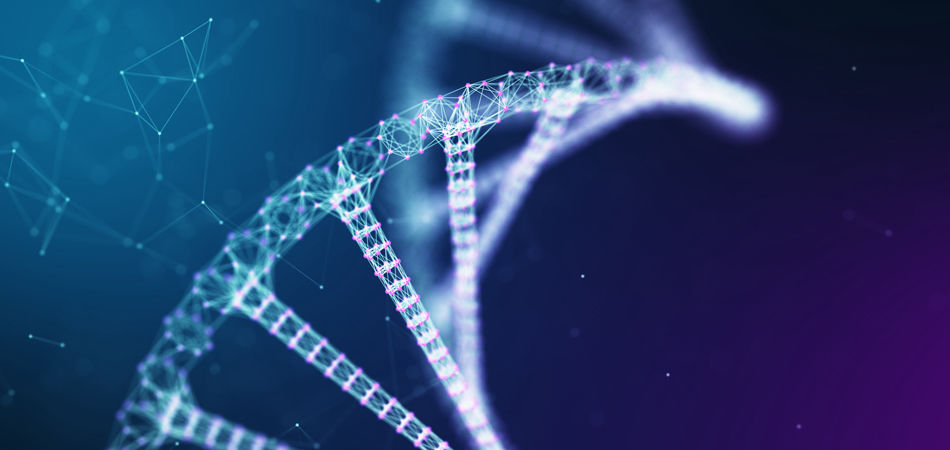Biology GK Questions - Biology General Knowledge questions for Competitive Exams

These are important biology GK questions for all competitive exams. Here, I am providing very useful biology gk questions with answers for all the competitive exams. Practice with these selective Biology General Knowledge Questions for competitive exams.
You can also check Objective Questions with Answers to English Grammar for SSC Exams. These questions are very important for any type of Competitive exam. Visit: Tense Exercise with Answer for SSC Exams.
These questions are useful for any competitive exam like IAS, Bank PO, SSC CGL, RAS, CDS, UPSC exams, and all state-related exams. For more practice, you can read also these latest biology questions and answers for a score high on your exams.
Biology General Knowledge Questions
Q :
Identify the cell that is amoeboid in shape.
(A) Nerve cell
(B) Columnar epithelial cell
(C) Red blood cell
(D) White blood cell
Correct Answer : D
Explanation :
The correct answer is White blood cells. At the site of infection, white blood cells accumulate to destroy pathogens. Their amoeboid shape assists them to squeeze through blood capillaries and at the same time their pseudopodia help to kill pathogens by the process of phagocytosis.
The human shoulder joint is an example of a ______ joint.
(A) fixed
(B) pivotal
(C) hinge
(D) ball and socket
Correct Answer : D
Explanation :
1. The human shoulder joint is an example of a ball and socket joint.
2. In this type of joint, a rounded end of one bone fits into a flat or cup-shaped recess of the other bone.
Which part of the digestive system receives secretions from the liver and the pancreas?
(A) Large intestines
(B) Stomach
(C) Gall bladder
(D) Small intestines
Correct Answer : D
Explanation :
The small intestine is the part of the digestive system that receives secretions from the liver and pancreas.
Deficiency of which of these vitamins causes anaemia in humans?
(A) Vitamin C
(B) Vitamin B
(C) Vitamin A
(D) Vitamin B12
Correct Answer : D
Explanation :
1. Anemia in humans is caused by a deficiency of Vitamin B12.
2. Vitamin B12 is a water-soluble vitamin
3. Which is necessary for the formation of red blood cells?
4. The most common cause of anaemia is low iron levels in the body. This type of anaemia is called iron deficiency anaemia.
Match the columns.
Nutrients Examples
a. Protein I. Calcium, Phosphorous
b. Carbohydrates II. Cholesterol
c. Fat III. Glucose
d. Minerals IV. Myosin
(A) a-i, b-iii, c-ii, d-iv
(B) a-iii, b-iv, c-ii, d-i
(C) a-i, b-ii, c-iii, d-iv
(D) a-iv, b-iii, c-ii, d-i
Correct Answer : D
Explanation :
Explanation:
Nutrient Example
Protein Myosin
Carbohydrate Sugar
Fat Cholesterol
Minerals Calcium, Phosphorus
1. Protein is one of the essential nutrients for the body. It is essential for building and repairing muscles, skin, hair, nails and other tissues. Myosin is a protein responsible for muscle contraction.
2. Carbohydrates are the main source of energy for the body. They are found in the form of starch, glucose and fiber. Sugar is a type of carbohydrate that is easily digested by the body and provides energy.
3. Fats are essential nutrients for the body. They help keep the body warm, produce hormones, and build cell walls. Cholesterol is a type of fat made by the body. It is essential for the body, but in excess can cause health problems.
4. Minerals are essential nutrients for the body. They form structural components of the body, help produce hormones, and regulate body functions. Calcium and phosphorus are two important minerals that are necessary for the formation of bones and teeth.
Plants that do not have well-differentiated body design fall in this group. The plants in this group are commonly called algae. These plants are predominantly aquatic.
(A) Bryophyta
(B) Angiosperms
(C) Thallophyta
(D) Pteridophyta
Correct Answer : C
Explanation :
1. Plants in the Thallophyta group are commonly called algae.
2. Thallophyta group includes such plants which are produced without embryo.
3. This group includes algae and fungi. Other plants are included in Embryophyta.
4. Pteridophyta includes plants with vascular tissue.
Which of the following body parts is directly affected in the disease called rickets?
(A) Eyes
(B) Tongue
(C) Spleen
(D) Bones
Correct Answer : D
Explanation :
1. Rickets is a bone disease caused by vitamin D deficiency.
2. Due to rickets, the absorption of calcium and phosphorus in the bones decreases.
3. The solution to protect exclusively breastfed babies from this disease is Vitamin D supplements.
Who explained the structure and reproductive system of algae in 1935?
(A) MOP Iyengar
(B) FE Fritsch
(C) William Henry
(D) Carolus Linnaeus
Correct Answer : B
Explanation :
1. Explain the structure and reproductive system of algae in 1935. It was from F. E. Fritch.
2. The study of algae is known as phycology. It is also known as Algology.
3. Algae are largely aquatic (both fresh and sea water) organisms, which are chlorophyll bearing, simple, thalloid and autotrophic in nature.
Which of the following factors is responsible for the disease called 'Mad Hatter's Disease'?
(A) Inhalation of iron dust
(B) Inhaling silica dust
(C) Mercury poisoning
(D) Vitamin-D deficiency
Correct Answer : C
Explanation :
1. Mercury poisoning is responsible for which of the following diseases called 'Mad Hatter's Disease'?
2. Mad Hatter's Disease is a form of mercury poisoning that affects the brain and nervous system.
3. There is a risk of mental and behavioural changes, such as confusion, hallucination, and irritability etc. in this disease.
Which is a specialised excretory cell found in Platyhelminthes that acts like a kidney, removing waste material through filtration?
(A) Fat cell
(B) Flame cell
(C) Stem cell
(D) Sponge cell
Correct Answer : B
Explanation :
1. Which is a special excretory cell found in Platyhelminthes which acts like a kidney, and the flame cell does the work of removing waste material through filtration?



